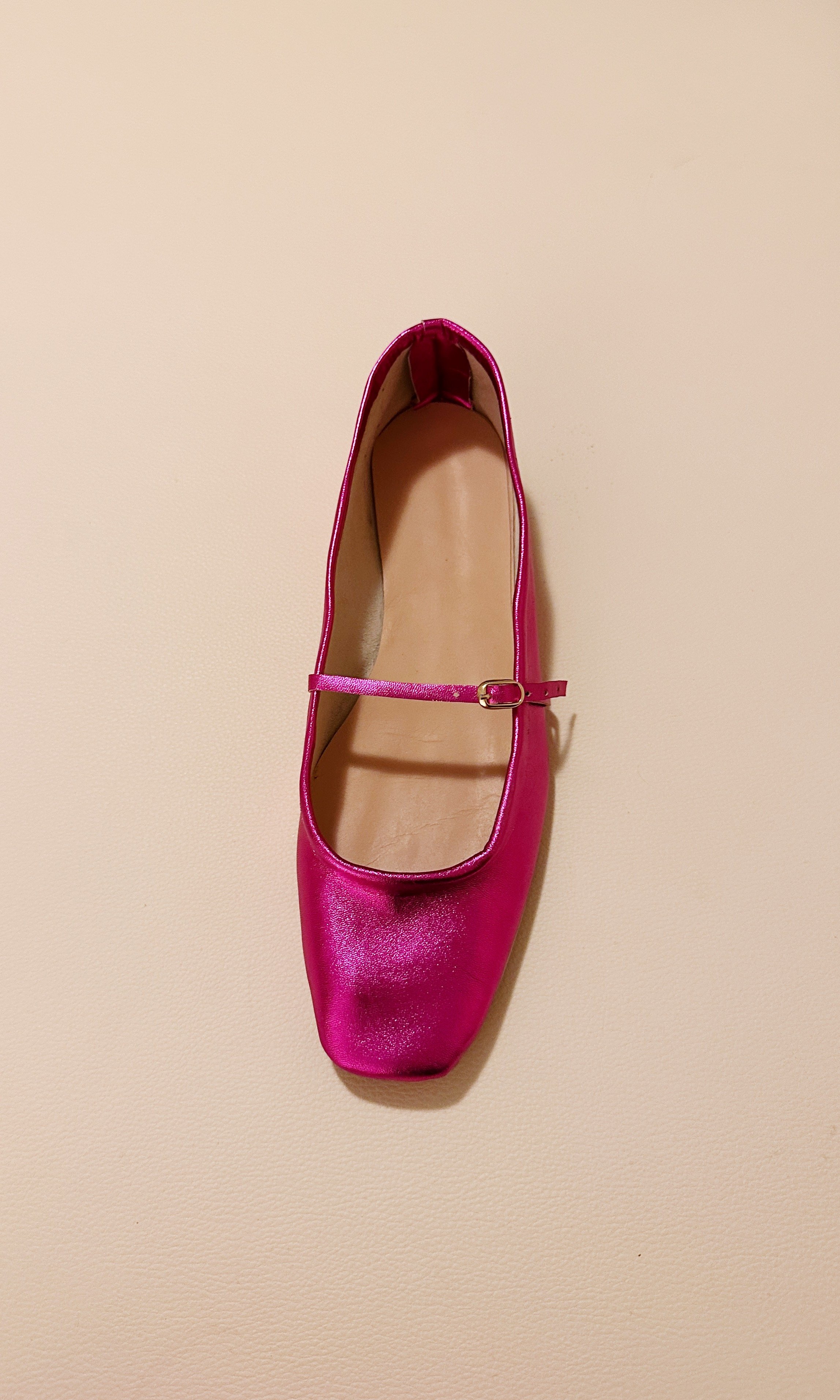It's 2023. Do you know what's in your shoes?
Shoes can make or break an outfit. But did you know they can also make or break the environment? Shoemaking is a complex, multi step process that can takes weeks for a bespoke pair to a couple of hours for a pair of fast fashion shoes. It can use the most traditional methods used for centuries to machinery developed in the past 100 years. Most importantly, it can use the highest grade of leather that has been treated carefully by tanneries who have the highest standards to materials that can barely pass as leather that are coated with toxic chemicals and shaped with thermoplastics.
What’s in a shoe?
As we expand to making ballet flats, we continue to look at sustainability and social responsibility as our guiding lights. Otherwise, what’s the point? There are enough brands and products to clothe all the people in the world and then some. What we are trying to do it make shoes that do as little damage to the environment as possible, produce in responsible quantities using the highest quality materials. When it came to making ballet flats, I handmade the prototype of the Hilda flat back in April 2020. Using only traditional hand making techniques of hand cutting, rasping, glassing and sanding the sole bend leather for the soles, skiving the veg tanned leather for the uppers, making leather toe puffs and counters. It is incredibly hard work with long hours but all worth it. However, the cost of a handmade shoe is exorbitant starting at over $1200 for very basic pairs. I wanted to make beautiful shoes using mostly traditional techniques that were fairly priced for the materials and labour involved. After a long search, I finally found a small, family run factory in Portugal.
Working with the female pattern maker (very rare in the male dominated shoe industry), we have worked together to create our Hilda Mary Jane Ballet flats to my specifications including avoiding using thermoplastic components. What are thermoplastic components and where are they used? Most are used as the toe puff (the front part where your toes are to make it hard), the heel counters (where your heel is to keep the shape - also what can give you blisters), foam can also be used as lining (as opposed to cork) and can also be found in the heels (heels were previously made of wood with a metal shank). We can also see plastic in leather itself either as a coating on the colour or film, backing in the liner or sole.
Unfortunately, when mass producing shoes, components of a shoe need to be a regular thickness so machinery can be used effectively and quickly. When using leather, thickness varies which makes machinery much harder to use. Luckily, our factory has worked with us to use traditional leather or replacement materials such as salpa.
We’ll continue to ensure we meet our own standards of high quality footwear. It is more expensive but we think worth the price to help the Earth where we can.

